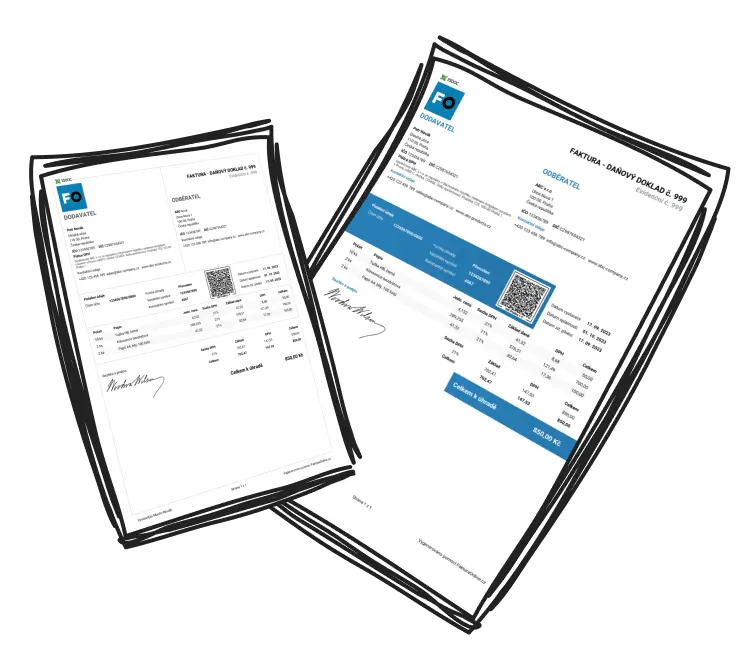Curious about how content can resonate with both readers and search engines? Identify keywords in text by locating the most relevant and high-value terms or phrases that capture the essence of your content's purpose. Keywords are the bridges between your audience’s search intent and your content’s value. These keywords represent what users often type into search engines when looking for information, products, or solutions. For SEO success, focus on carefully mapping keywords to your content themes, ensuring they align with user intent and search behaviors.
Why is it Important to Identify Keywords in Text?
Struggling with content that doesn’t rank? Utilize the power of identifying keywords within text to maintain an edge in SEO! Keywords are vital because they connect your content with user searches, boosting visibility and driving the right audience to your site. They ensure relevance, enhance content alignment with search engine algorithms, and improve rankings on search results. When you use carefully researched keywords that match your audience's needs, your website will attract more traffic and better engagement.

Tip
Focus on long-tail keywords to target niche audiences with specific search intents.
What are the Steps to Identify Keywords in Text?
Searching for a reliable method to identify the right keywords in your text? Begin here! Follow this simple, systematic approach:
Read and comprehend the text to understand its purpose and main ideas.
Identify your target audience's priorities and core intent within the content.
Highlight frequently occurring terms that align with primary topics or themes.
Extract unique and niche-specific terms for secondary keyword opportunities.
Validate relevance using keyword tools to ensure your terms have search volume or are trending.
Can You Explain How to Identify Keywords in Text for SEO?
Discover the expert steps on identifying keywords in text that heighten content depth and elevate rankings!
Understand the Text’s Intent: Start by analyzing whether the content is meant to inform, sell, or entertain. The intent will guide the type of keywords to look for.
Identify Key Themes and Topics: Scan the text for main topics and recurring terms that highlight its central message.
Categorize Keywords: Split keywords into primary (specific to the main subject) and secondary (broader terms or related concepts).
Leverage Keyword Modifiers: Identify descriptive modifiers like “best,” “top-rated,” or “affordable” to make your keywords more actionable.
Validate with SEO Tools: Double-check your keyword list by using tools to confirm search volume, relevance, and competition.

Example
For a snippet like, 'Learn how to bake the perfect sourdough bread,' noticeable keywords include 'bake,' 'sourdough bread,' and 'perfect sourdough.' Modifiers like 'learn' and 'perfect' enhance these keywords for specific user intent.
What Tools Help Identify Keywords in Text?
Looking to save hours on identifying keywords in text? Explore these tools to automate and streamline the process!
Google Keyword Planner: Free tool to explore search trends and find high-performing keywords.
SEMrush: A premium option offering in-depth analysis including keyword difficulty and competitor tracking.
Ahrefs: Comprehensive tool for keyword insights, backlinks, and site audits (premium).
Ubersuggest: Free and easy-to-use tool that provides keyword suggestions and search trends.
Surfer SEO: Focused on optimizing content structure using keywords that resonate with search engines (premium).
Putting It All Together for an Effective SEO Strategy
What’s next after finding keywords? Here’s how to translate them into lasting results:
Use keywords strategically in headings, subheadings, and body text.
Optimize metadata by integrating primary keywords in meta descriptions.
Add keywords to image alt tags to enhance on-page SEO.
Avoid keyword stuffing by using terms naturally within content.
Ensure all keywords match your audience’s search intent.

Tip
Maintain a natural keyword density of 1-2% to balance SEO optimization and reader engagement.


